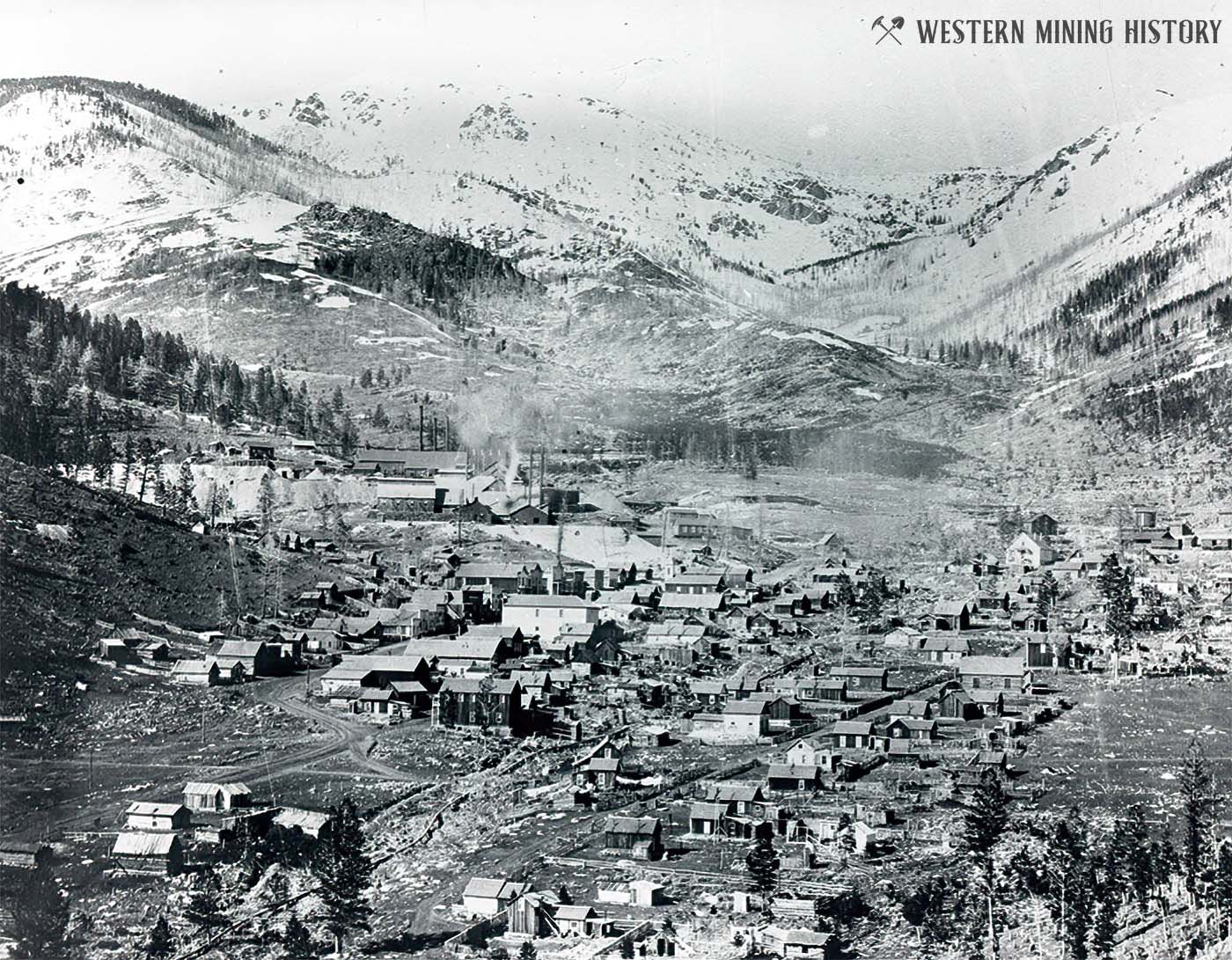Elkhorn History
In 1868 the first mine was started in the Elkhorns. A.M. Holter, A Virginia City pioneer started the Elkhorn Mine in 1875. By February of 1888 the mine was producing $30,000 worth of ore monthly.
As the mine developed during the 1870's the town of Elkhorn grew up around it. As many as 2,500 people lived in the town of Elkhorn during the 1880's. During this time period up to 1,500 mules worked the mines and 500 woodsmen cut timber for the mines.
By 1900 the Elkhorn Mine had produced 8,902,000 ounces of silver and 8,500 ounces of gold and more than 4 million pounds of lead.
Elkhorn's boom days ended in 1892 when the price of silver fell. Over time the population of Elkhorn fell to what you see here today.
Previous text is from a sign in town
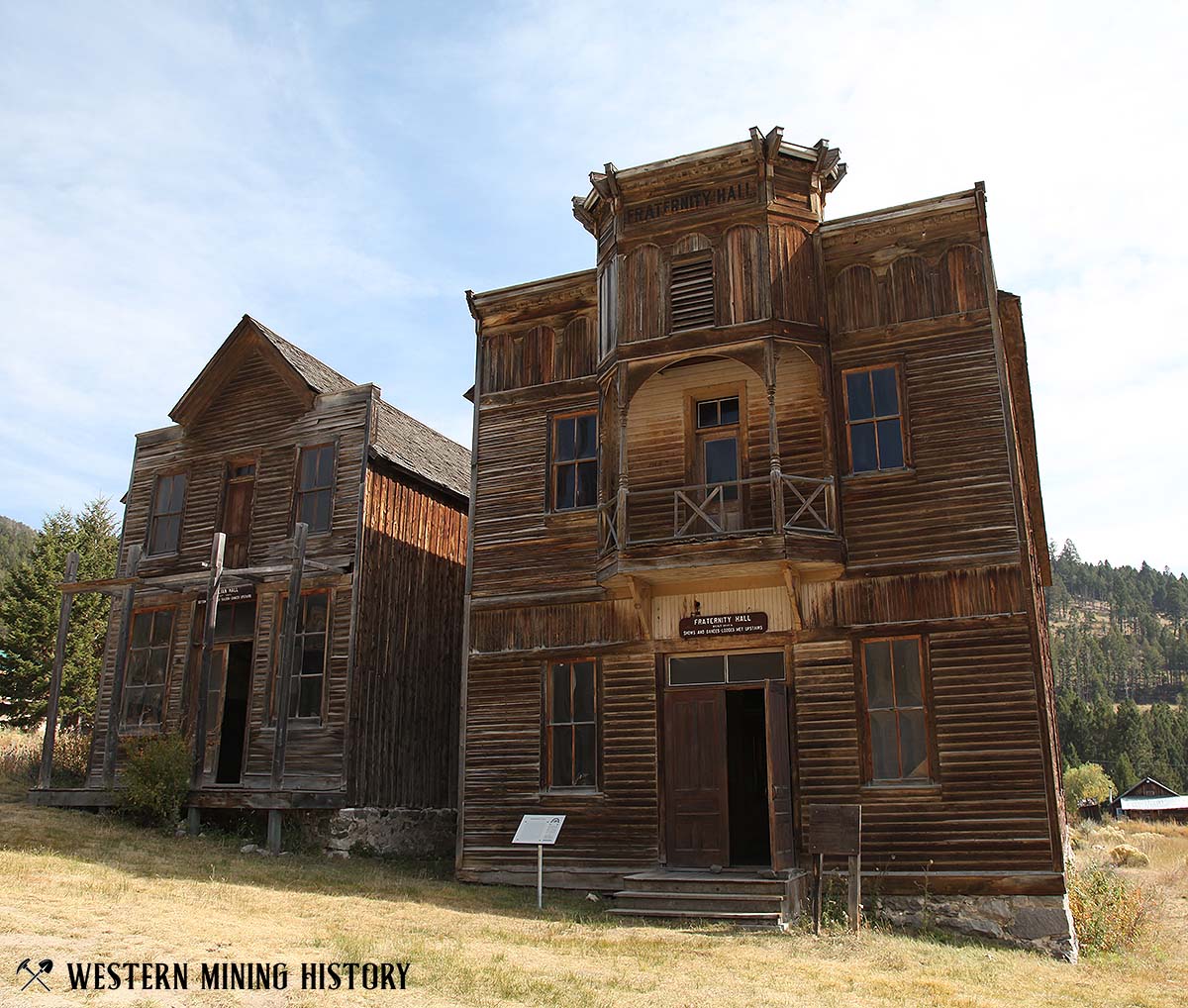
The Mighty Elkhorn Mine
The story of the town of Elkhorn is also the story of the Elkhorn Mine, one of the nations's richest and longest operating silver mines. While the district had other mines, it was the Elkhorn that was the town's namesake, and its economic core for decades.
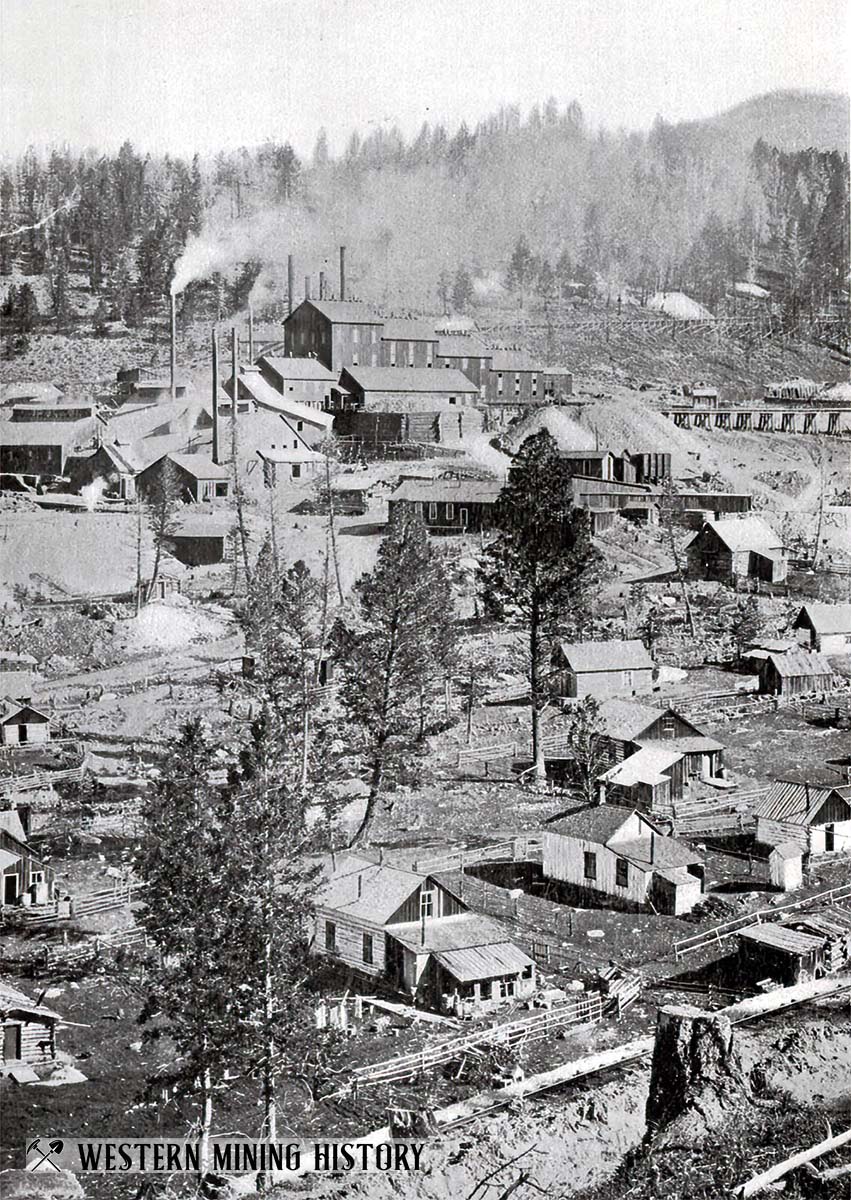
The Elkhorn mine was located in 1875 and was originally named the A. M. Holter lode after its discoverer. The mine didn't start producing significantly until the 1880s. In 1881 the mine reached a depth of 300 feet and the nature of the ore became better known. It was clear a chloridization mill was needed, but the capital to build it was difficult to secure.
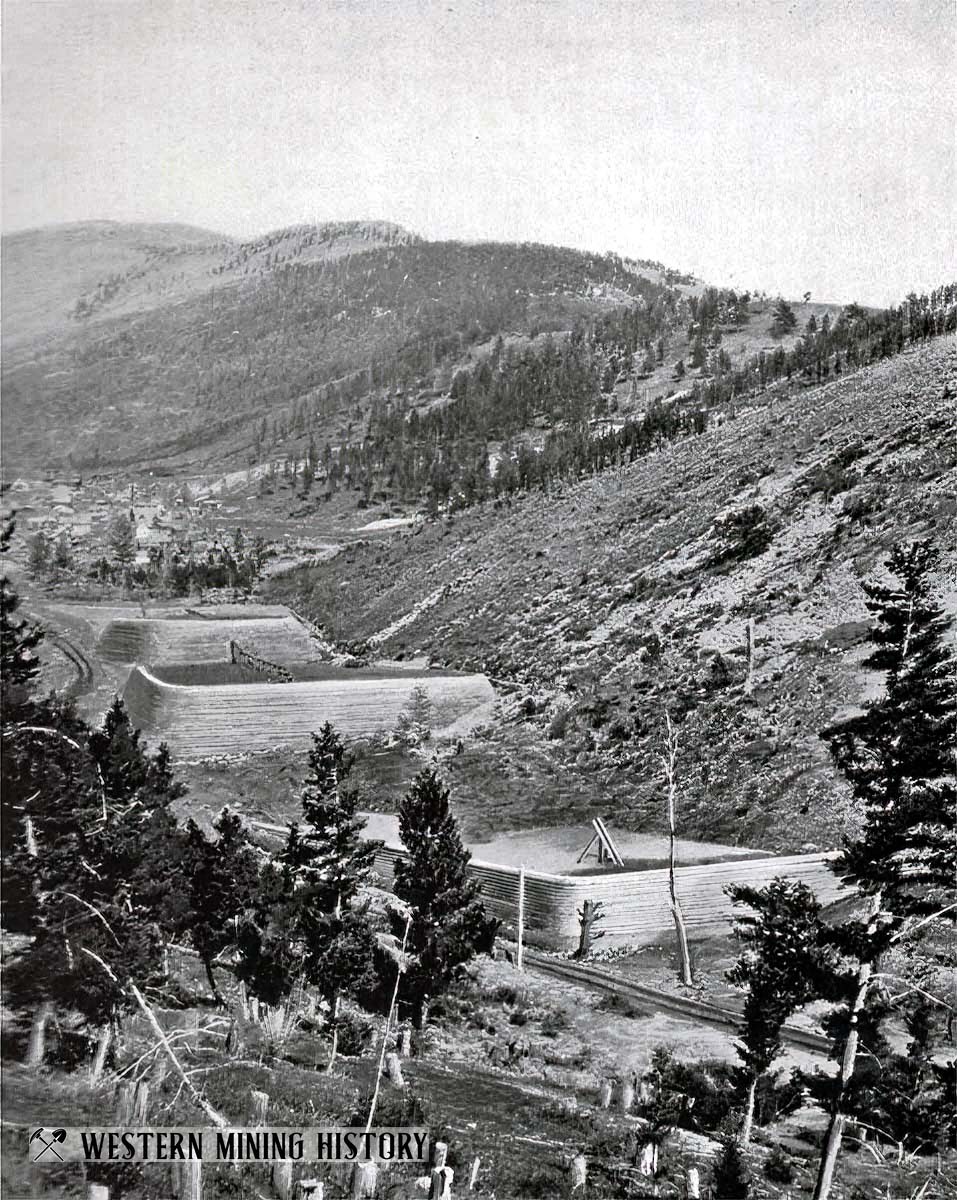
Lacking needed development capital, the mine was idle for most of 1882, although the limited mining that did occur yielded over 4,000 ounces of silver. These results appear to have been enough to attract outside investors, and in 1883 the property was purchased by the Elkhorn Mining Company.
A 10-stamp chloridizing mill was built along with a new headframe, and the Elkhorn mine was finally in full production. During the first 10 months of operation, The Elkhorn Mining Company recovered nearly $200,000 in silver with minor gold, a significant return on the investment that was made. In subsequent years the capacity of the mill was increased to 20, then 25 stamps.
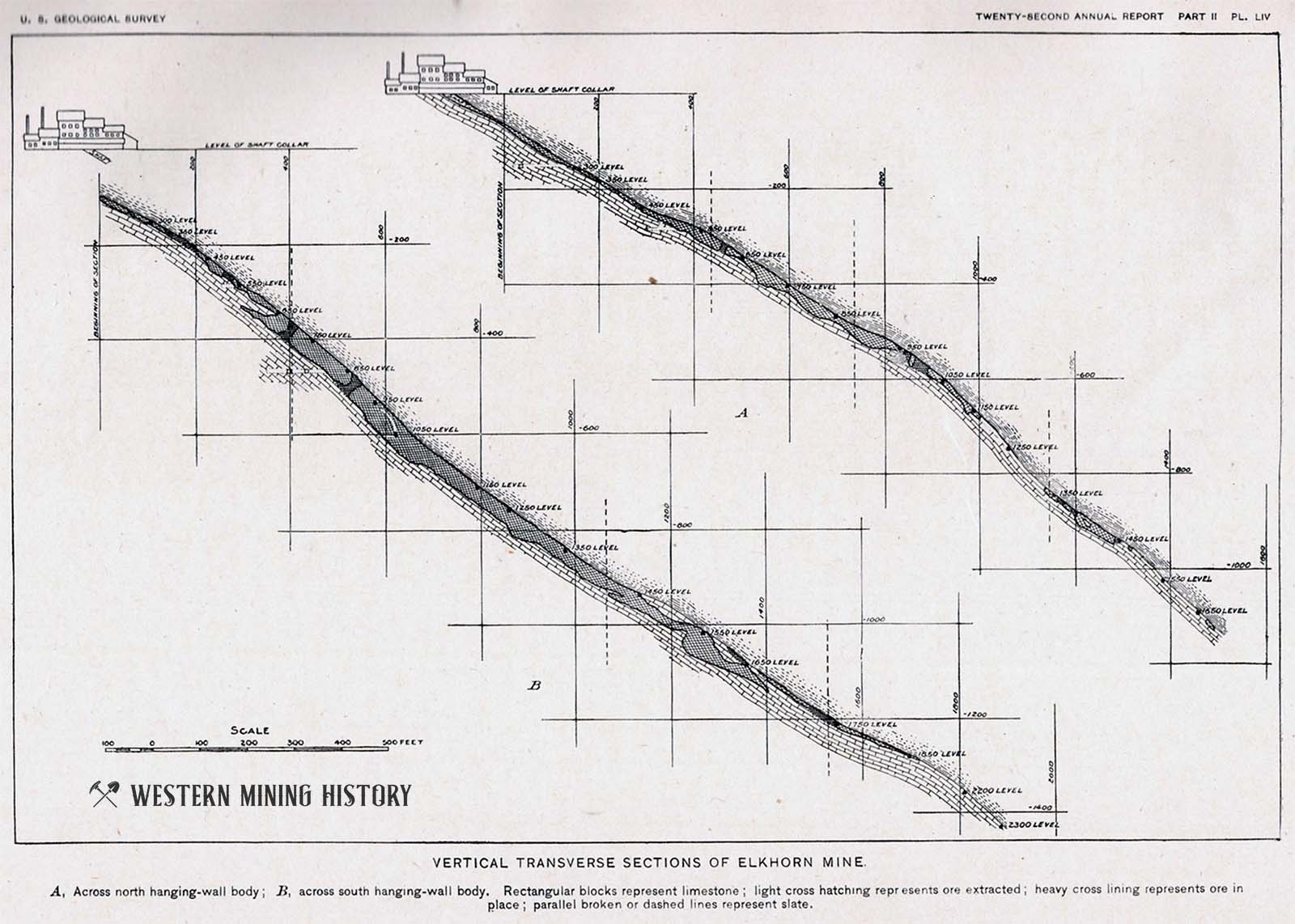
The original Elkhorn company operated the mine until 1888. Having doubts about the ore reserves, they sold the mine to a London-based organization which retained the Elkhorn name and refurbished the mill. The new owners discovered additional ore bodies that extended the life of the mine for many years.
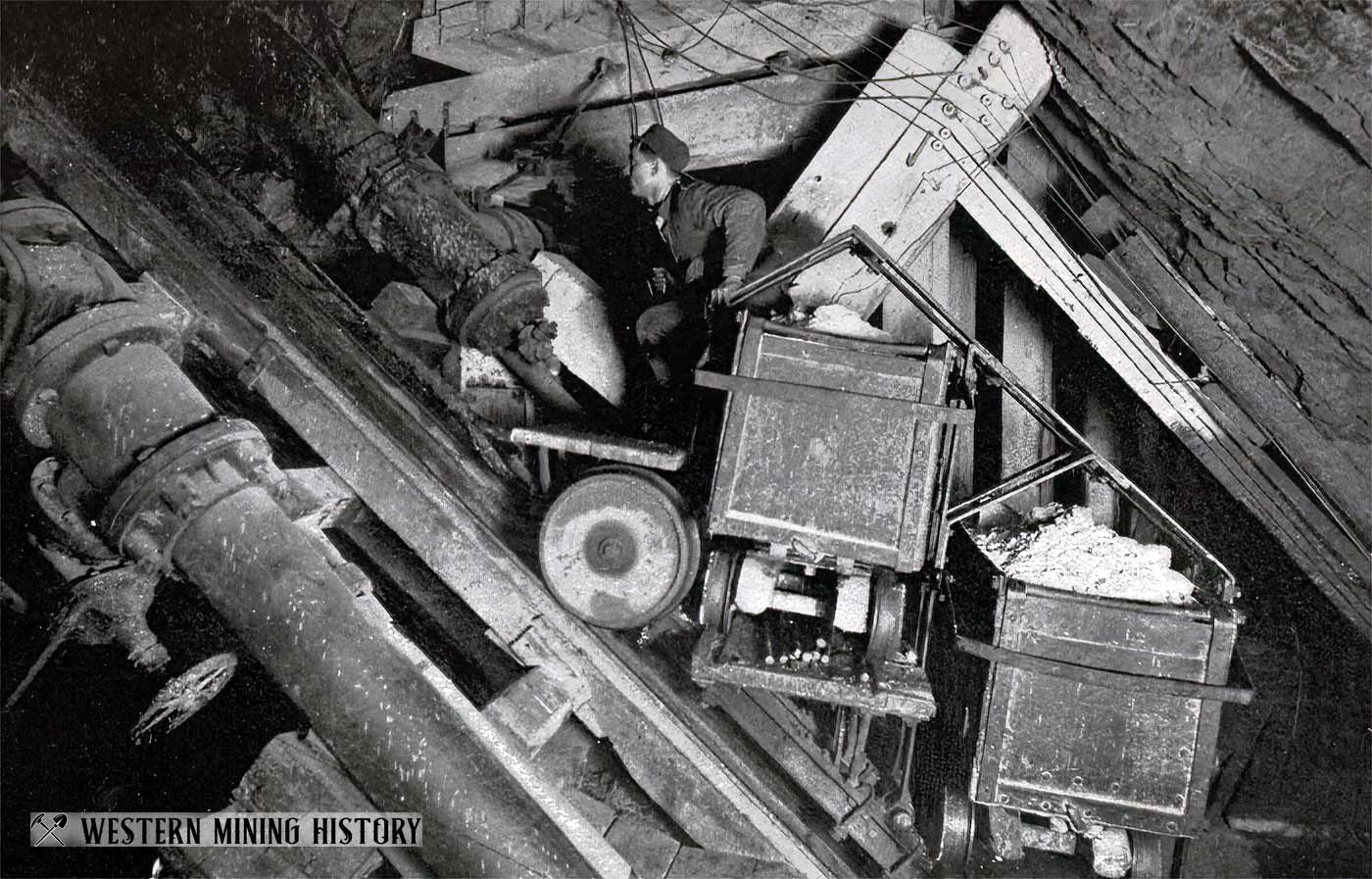
In 1899, it was determined that the cost of pumping water from the mine exceeded the profits from its dwindling ore reserves, leading to its closure. However, the mine reopened in 1901 under new ownership and resumed operations as the Elkhorn Silver Mining Company. During this renewed period of activity, the mine employed between 100 and 150 workers. Despite the revival, declining silver prices forced the mine to shut down again just a few years later.
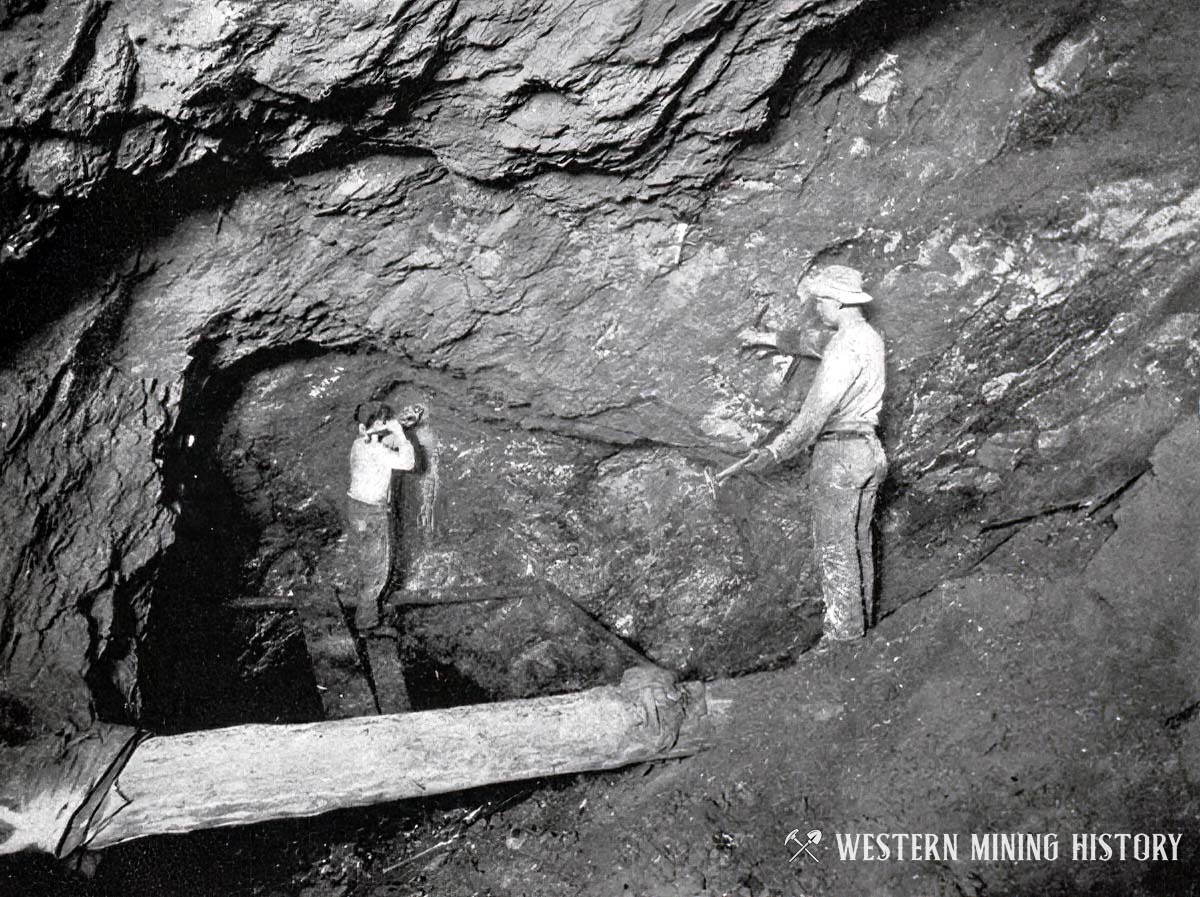
The mine was reopened again in 1906, accompanied by the construction of a new mill designed to process the extensive tailings left from earlier operations. Approximately 60 men were employed during this renewed phase of activity. However, by 1912, the mine was closed once more.
The tailings at the mine were reworked in 1922 and again in 1937. Additional work was done in 1948, and in 1951 the mine operated briefly but was shut down again. In the 1970s the mine was reopened and extensive rehabilitation and sampling work was conducted, but no new production occurred.
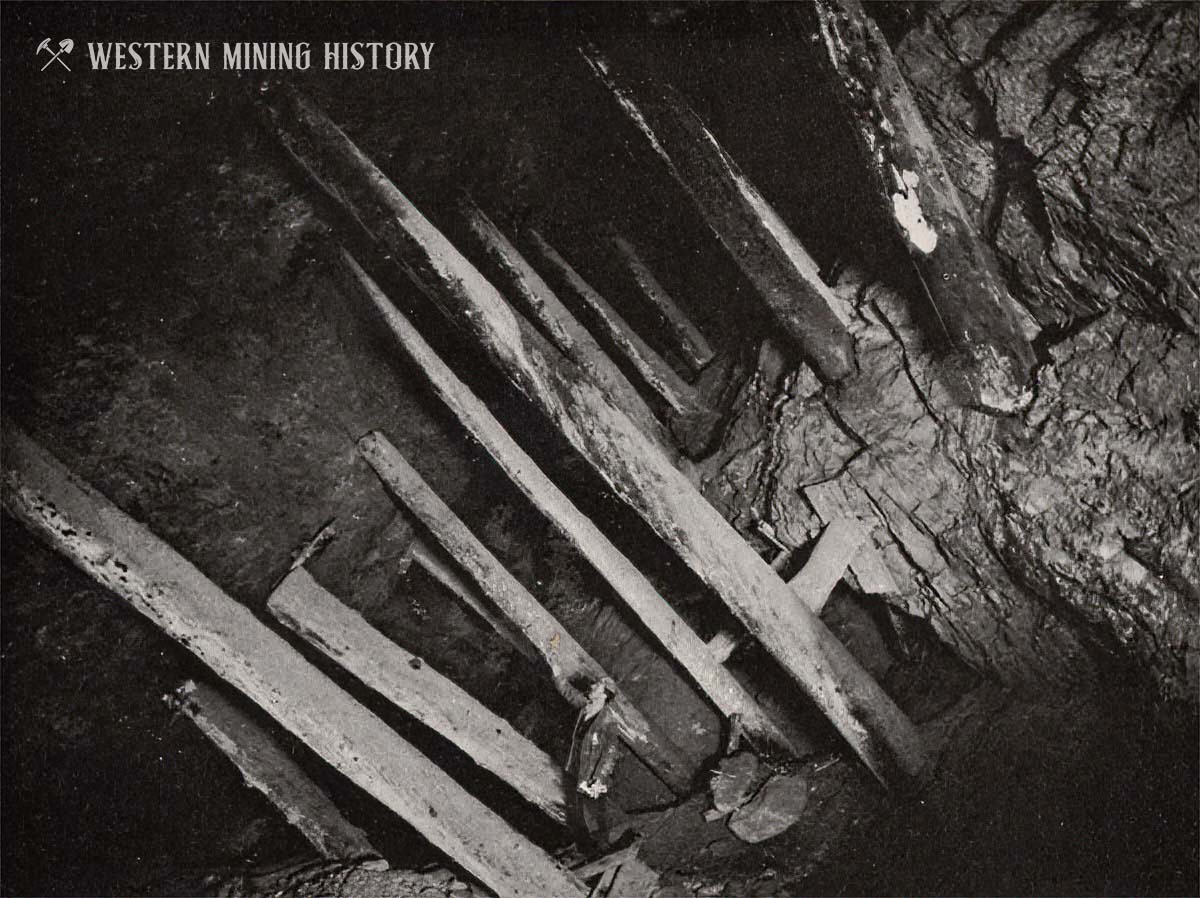
The Town of Elkhorn
Much has been written about the Elkhorn Mine, but not many details can be found about the town of Elkhorn. While miners were living at the site nearly continuously from 1875, it is unclear whether an actual town started forming during that decade.
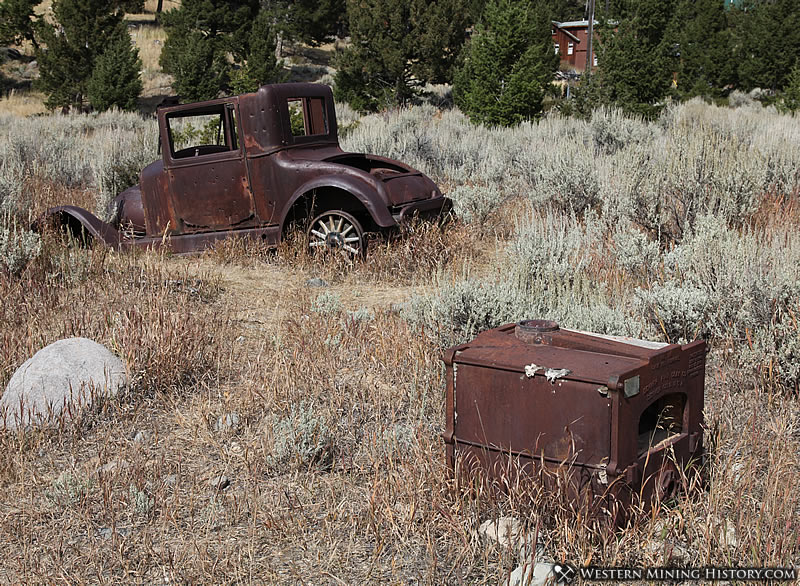
Postal records indicate that a post office was established in 1884, which suggests that the town did not get started in earnest until the Elkhorn Mining Company built the first stamp mill and started regular production at the mine. The town peaked at around 2,500 residents, likely following the arrival of the railroad in 1886.
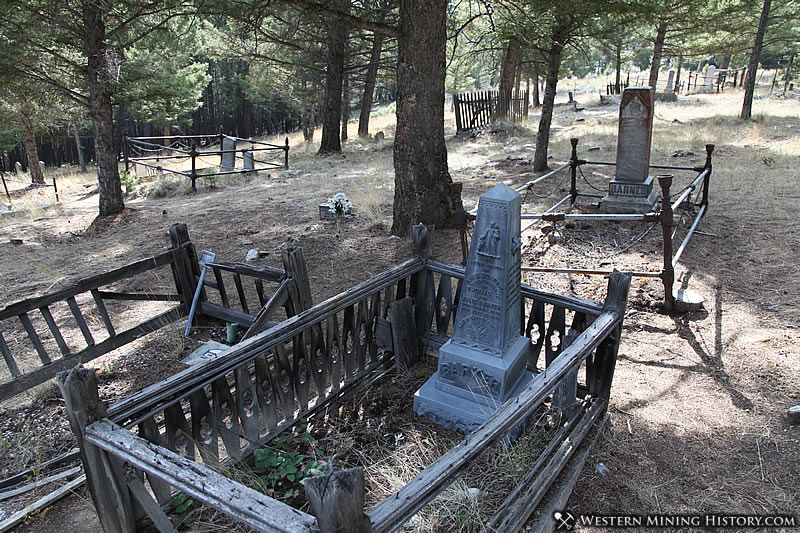
A diphtheria epidemic killed many Elkhorn residents during the late 1880s, with one report stating that "in one week we buried seven people from one family - first six children and then their mother".
A sign at the Elkhorn cemetery describes the town in 1900: "Had you arrived here in 1900... you may have ridden the train to Elkhorn; scurried past a fraternity hall, a stable, over a dozen saloons, a church, a school house, and residences housing 950 people. Elkhorn was unique among early Montana mining towns as it was home not only to miners but to their wives and children as well."
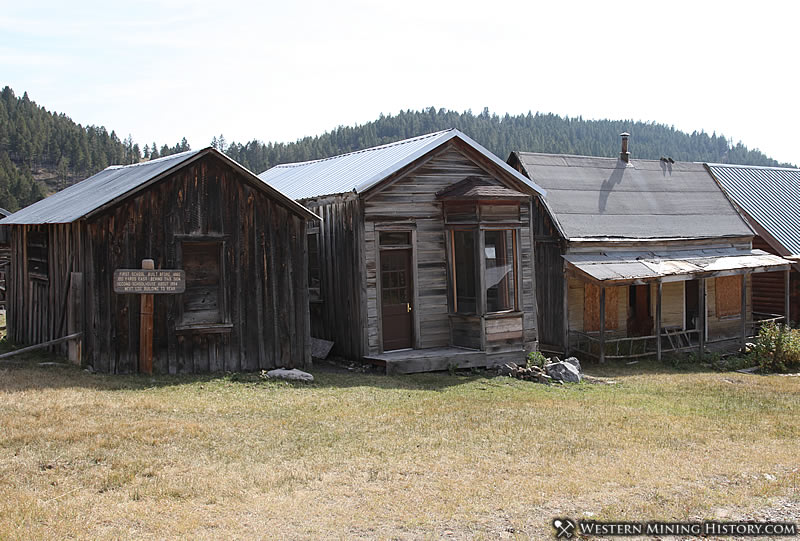
Elkhorn faded as the mine declined. The Elkhorn post office closed in 1924.
Today, Elkhorn is home to Montana's smallest state park—a one-acre site that preserves the town's only remaining commercial buildings from the 1890s: Fraternity Hall and Gillian Hall. Fraternity Hall was built in 1893 and was shared by the town's fraternal organizations, including the Masons, Oddfellows, and Knights of Pythias. The hall operated sporadically for decades, but when the Northern Pacific removed it's tracks to Elkhorn in 1931, the hall permanently fell silent.
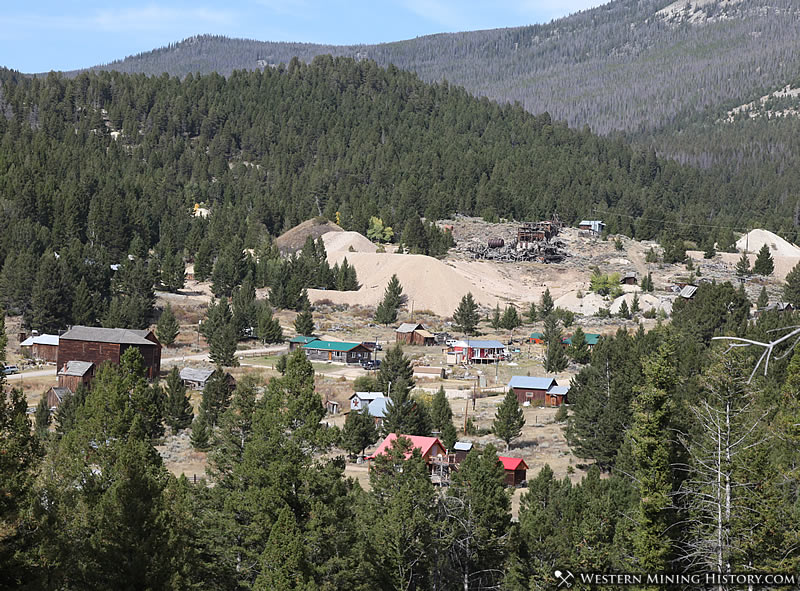
Elkhorn has an array of privately owned cabins and a small population of hearty souls. Markers locate long gone historic structures and mill foundations and tailing piles serve as reminders of Elkhorn's mining past.
Principal Gold Districts of Montana
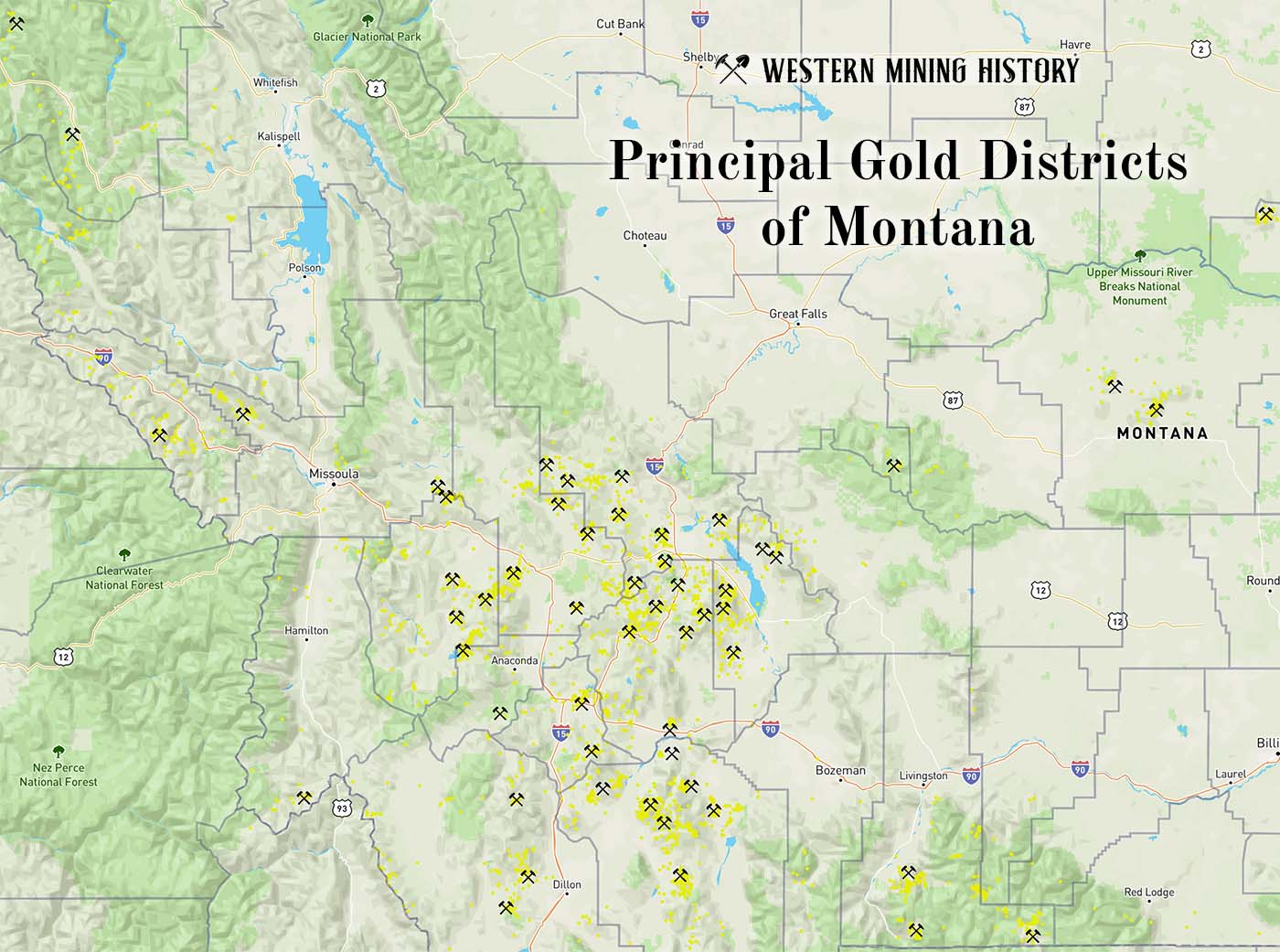
In Montana, 54 mining districts have each have produced more than 10,000 ounces of gold. The largest producers are Butte, Helena, Marysville, and Virginia City, each having produced more than one million ounces. Twenty seven other districts are each credited with between 100,000 and one million ounces of gold production. Read more: Principal Gold Districts of Montana.
